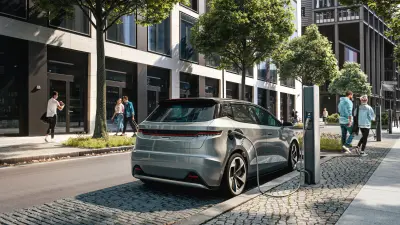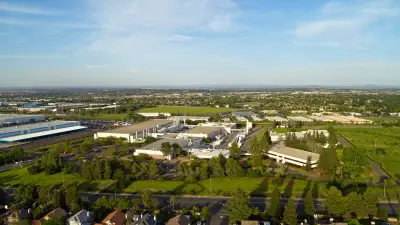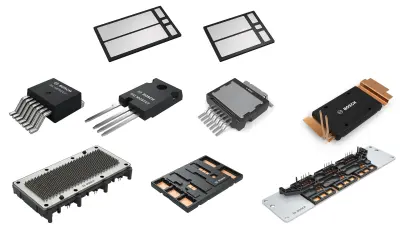Automotive semiconductors – a history of success
Milestones in more than 60 years of semiconductor production at Bosch

Semiconductors are essential components of modern vehicle electronics. They help provide greater accident protection, comfort and efficiency, and improve climate compatibility. Let’s take a brief journey along the milestones of automotive semiconductor development – and see how it interlinks with Bosch’s more than 60 years of semiconductor expertise.
The beginnings of automotive semiconductors
Before entering the automotive sector, semiconductors were primarily used in the entertainment industry. In the late 1950s, however, this changed, and it was time for the first special automotive semiconductors. Bosch’s first semiconductor product was the variode, a component in the voltage regulator that helped stabilize the output of DC generators at low RPM.

In the 1960s, the introduction of higher-powered two-phase and later three-phase generators in cars led to the need for a rectifier. Bosch replied to this trend with the development and production of pressfit rectifier diodes. In parallel, development activities for the first application-specific integrated circuits (ASICs) for automotive use kicked off.
At the end of the decade, the demand for semiconductors had grown significantly, leading to the decision to bring all Bosch semiconductor know-how – development and production – together in one place in Reutlingen, Germany. During the 1970s and 1980s, Bosch’s semiconductor business continued to grow constantly, while ASICs became important building blocks for the rapidly growing number of electronic control units in cars.

From ASICs to MEMS sensors
The opening of a 150 mm wafer fab in Reutlingen in 1995 not only provided more ASIC capacity but also meant the start into an additional business field: mass production of sensors based on micro-electro-mechanical systems (MEMS). Until today, Bosch is one of the leading suppliers of MEMS sensors.
Further rising demands for ICs and MEMS sensors led to the opening of a 200 mm wafer fab and a new, larger test center in Reutlingen in 2010. An additional test center in Suzhou, China, followed only three years later.

Preparing for the future
Efficient power semiconductors are among the keys to efficiency in e-mobility. Accordingly, 2021 saw the production start for high-voltage MOSFETs, produced on 150 mm silicon carbide (SiC) wafers in Reutlingen. In 2022, Bosch opened its 300 mm wafer fab in Dresden. In parallel, the expansion of the clean room area in Reutlingen started. This was followed by the opening of another semiconductor test center in Penang, Malaysia, in 2023.

That same year, Bosch acquired a wafer fab in Roseville, California, and began converting it for the production of high-voltage MOSFETs on 200 mm SiC wafers in addition to the Reutlingen fab. The global semiconductor manufacturing organization is further completed by a broad network of silicon foundry partners and outsourced semiconductor assembly and test (OSAT) vendors. With all these activities, Bosch is well prepared for future demands.
Automotive semiconductors – what’s next?

The automotive semiconductor industry has continuously evolved, pursuing ever smaller, more powerful, and more efficient MEMS sensors, ICs, and power semiconductors – and so has Bosch’s portfolio. Today, samples of first SiC chips on 200 mm wafers are already being produced for customer trials in Reutlingen. Moreover, MEMS sensor production on 300 mm wafers in the Dresden fab is expected to start in 2026. Hence, the foundation has been laid for further semiconductor milestones.


